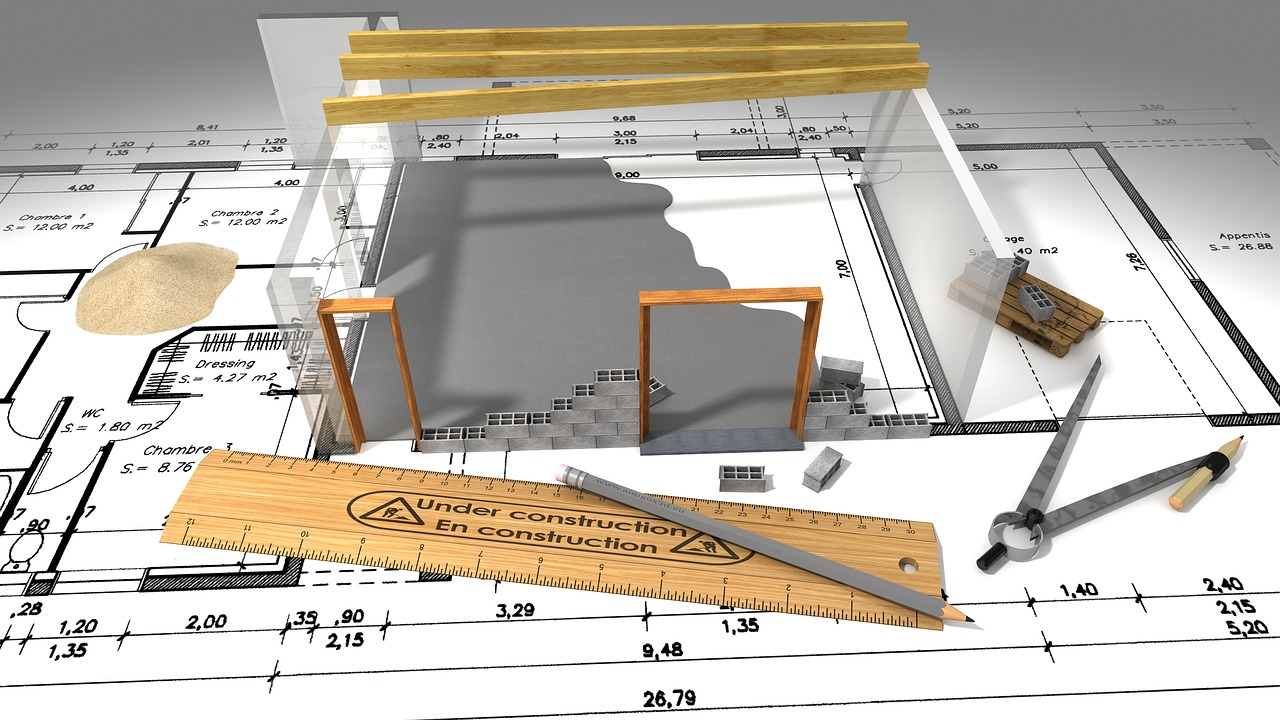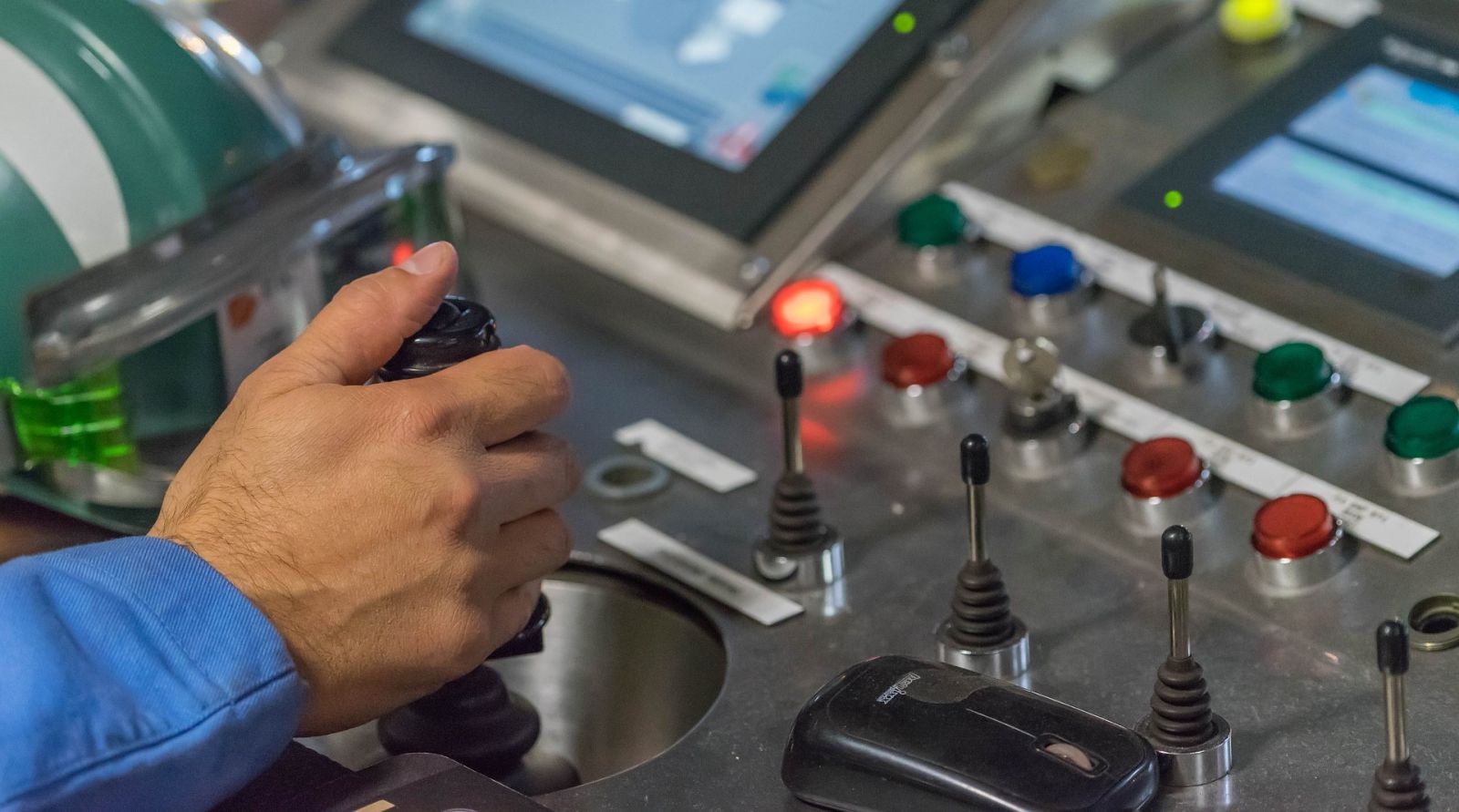
Do you know the basic elements of automation in construction?
Currently, we are experiencing a moment of digital transformation of automation in construction. We can even say that it is in full takeoff.
Automation in various forms, from automated digital design and analysis procedures to the automated manufacturing of construction documents and, eventually, the act of building, will be essential to the continued progress of the construction industry. The success of this industry in addressing its double challenge in this 21st Century.

Automation in construction: what does it consist of?
Before starting to talk about the key elements, we want to give a brief introduction to automation in construction. This can include the use of robots and automation tools for masonry, demolition and excavation tasks. Building information modeling (BIM) can also create virtual representations of buildings and automate task estimation and clash detection tasks.
Other examples include the use of drones for site surveys and inspections, Internet of Things (IoT) devices such as sensors and beacons to track equipment and materials, and artificial intelligence (AI) to automate tasks such as project scheduling and control.
Ultimately, automation in construction aims to increase productivity, reduce errors, and save time and money by leveraging technology and machinery to perform tasks that would otherwise be done manually.
4 key elements of automation in construction:
Now, let"s look at the 4 key elements:
1. Robotics and automation tools:
Robotics and automation tools are increasingly used in the construction industry to automate masonry, demolition and excavation tasks. These machines can perform tasks faster and more accurately than humans and work 24 hours a day to increase productivity.
2. BIM: Building Information Modeling
This technology can automate tasks such as clash detection and material estimation, reducing errors and saving time and money.
3. Drones:
Drones can be used in construction to conduct site surveys, inspect structures, and monitor progress. These devices can capture high-resolution images and video sequences that can be used to create 3D models, detect errors, and monitor safety.
4. Internet of Things (IoT) and Artificial Intelligence (AI):
IoT devices, such as sensors and beacons, can be used in construction to track equipment and materials, monitor environmental conditions, and automate tasks such as lighting and HVAC. This technology can increase efficiency, reduce waste and improve safety.
AI can be used in construction to automate project scheduling and quality control tasks. AI algorithms can analyze data from sensors and other sources to detect patterns and make predictions, which can help optimize construction processes and reduce costs.

Main conclusions about Basic elements of automation in construction
Construction automation is a rapidly growing field that benefits the construction industry. Companies in this sector can use technology and machinery to automate tasks to increase productivity, reduce errors and save time and money.
The basics of construction automation include: robotics and automation tools, building information modeling (BIM), drones, Internet of Things (IoT), and artificial intelligence (AI). By leveraging these technologies, construction companies can improve safety, reduce waste, and create more sustainable and efficient buildings.

